What Age Do People Get MS? Understanding Multiple Sclerosis Onset and Progression
When does Multiple Sclerosis typically develop. How does age of onset affect MS progression. What are the main symptoms and stages of Multiple Sclerosis. How is MS diagnosed in different age groups. What treatment options are available for managing MS symptoms.
Age of Onset for Multiple Sclerosis: Key Facts and Statistics
Multiple sclerosis (MS) is a complex neurological condition that can affect individuals across various age groups. Understanding the typical age of onset is crucial for early detection and management of the disease.
- Most common age range for MS diagnosis: 20-40 years old
- Late-onset MS (LOMS) occurs in individuals 50 years and older
- LOMS accounts for approximately 10% of all MS diagnoses
- Pediatric MS can occur in children and teens, though rare
- Over 2.3 million people worldwide are diagnosed with MS
While MS is most frequently diagnosed in young adults, it’s important to recognize that the disease can manifest at any age. This variability in onset age can sometimes lead to challenges in diagnosis, especially for older adults who may attribute mild symptoms to normal aging processes.
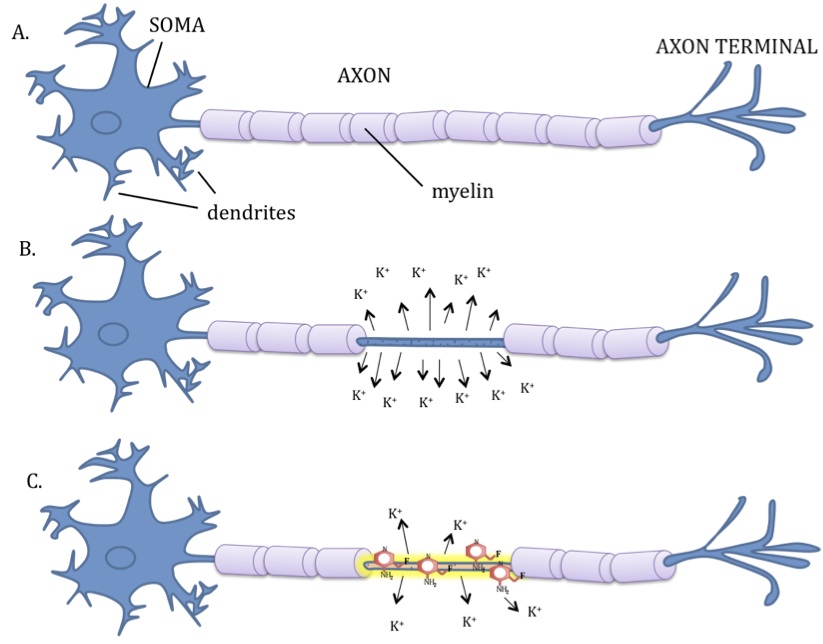
How does age of onset impact MS progression?
The age at which MS symptoms first appear can significantly influence the course and progression of the disease. Research has shown that:
- LOMS typically progresses faster than MS diagnosed at a younger age
- Children with MS often experience quicker recovery from relapses compared to adults
- Adult-onset MS (AOMS) may have a more gradual progression initially
These differences in disease progression highlight the importance of tailored treatment approaches based on the age of onset and individual patient factors.
Understanding the Different Types and Stages of Multiple Sclerosis
Multiple sclerosis is characterized by various disease courses or stages, each with its own unique set of challenges and progression patterns. Recognizing these stages is crucial for effective management and treatment planning.
What are the four main types of MS?
- Clinically Isolated Syndrome (CIS): Initial presentation of symptoms lasting at least 24 hours
- Relapsing-Remitting MS (RRMS): Characterized by attacks of new or increasing neurological symptoms followed by periods of remission
- Secondary Progressive MS (SPMS): Begins as RRMS but gradually worsens over time
- Primary Progressive MS (PPMS): Defined by worsening neurologic functions from symptom onset, often associated with LOMS
Each type of MS presents unique challenges and requires specific management strategies. RRMS is the most common form, affecting approximately 85% of individuals diagnosed with MS. However, the disease course can change over time, with some RRMS cases transitioning to SPMS.
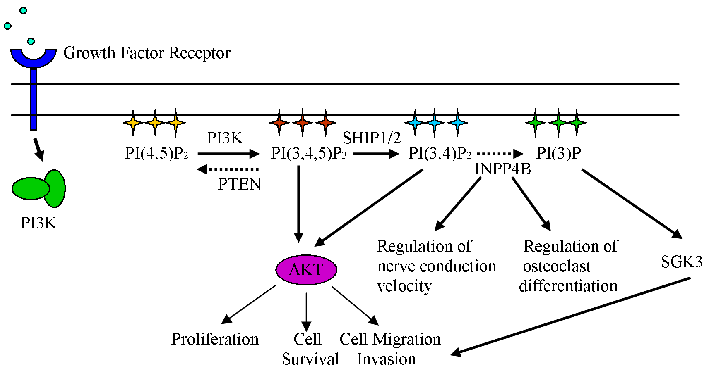
How does MS progression differ in various age groups?
The progression of MS can vary significantly depending on the age of onset:
- Pediatric MS: Often characterized by CIS or RRMS, with quicker recovery from relapses
- Adult-onset MS: Typically diagnosed between 20-40 years, often starting as RRMS
- Late-onset MS: More likely to begin at the PPMS stage, with faster progression
Understanding these age-related differences in MS progression is crucial for healthcare providers to develop appropriate treatment plans and set realistic expectations for patients and their families.
Common Symptoms of Multiple Sclerosis Across Different Age Groups
Multiple sclerosis can manifest with a wide range of symptoms, which can vary in severity and presentation depending on the individual and their age at onset. Recognizing these symptoms is crucial for early diagnosis and effective management of the condition.
What are the most common symptoms of MS?
- Weakness
- Vision changes
- Fatigue
- Loss of balance
- Bladder dysfunction
- Cognitive difficulties (e.g., problems with memory or information processing)
- Depression
- Pain or itching
- Sexual issues
- Emotional changes
It’s important to note that not all individuals with MS will experience the same symptoms, and the severity and combination of symptoms can vary greatly from person to person.
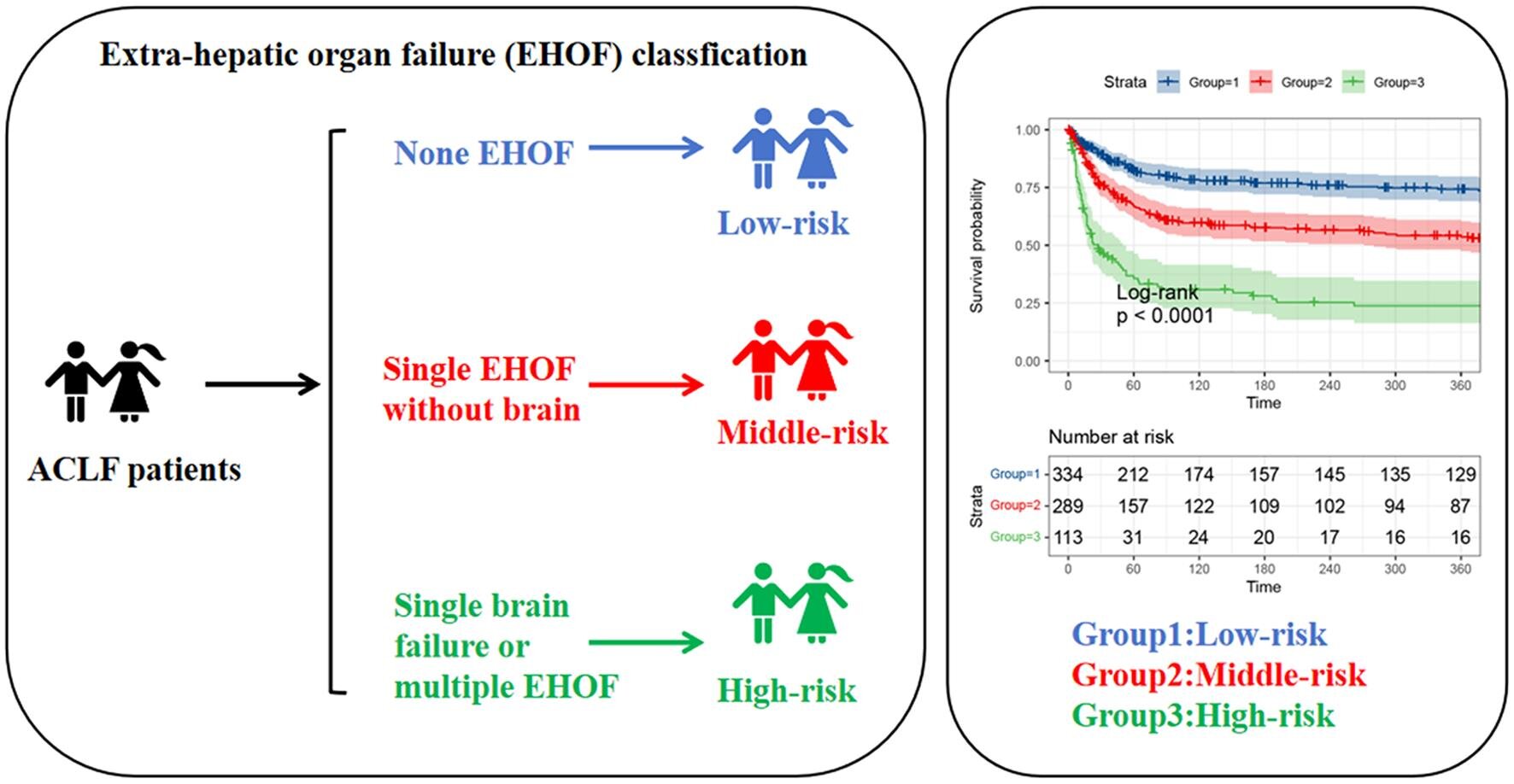
How do MS symptoms differ in late-onset cases?
Late-onset MS (LOMS) often presents with distinct symptom patterns compared to MS diagnosed at younger ages. Typical LOMS symptoms are more frequently related to:
- Motor dysfunction
- Visual problems
These symptoms may be more pronounced or progress more rapidly in LOMS cases, contributing to the faster overall progression observed in this group.
Diagnostic Approaches for Multiple Sclerosis: From Pediatric to Late-Onset Cases
Diagnosing multiple sclerosis can be challenging, as there is no single definitive test for the condition. Healthcare professionals employ a combination of diagnostic strategies to confirm MS and rule out other potential causes of symptoms.
What diagnostic tools and tests are used to identify MS?
- Neurological exam: Evaluates mental status, reflexes, coordination, and sensory function
- Detailed clinical history: Identifies previous symptoms and relevant health information
- Blood tests: Help rule out other medical conditions with similar symptoms
- Magnetic Resonance Imaging (MRI): Detects MS lesions in the brain and spinal cord
- Oligoclonal band screening: Checks cerebrospinal fluid for proteins indicating CNS inflammation
- Evoked potential testing: Measures brain response to sight, sound, and touch stimulation
These diagnostic approaches are used in combination to build a comprehensive picture of the patient’s condition and confirm an MS diagnosis.

Are there specific challenges in diagnosing MS in different age groups?
Yes, diagnosing MS can present unique challenges depending on the age of onset:
- Pediatric MS: Can be difficult to distinguish from acute demyelinating encephalomyelitis (ADEM)
- Adult-onset MS: May be confused with other neurological conditions or autoimmune disorders
- Late-onset MS: Mild symptoms may be attributed to normal aging, leading to delayed diagnosis
Healthcare providers must be vigilant and consider MS as a possibility across all age groups when presented with relevant symptoms.
Treatment Strategies and Management of Multiple Sclerosis Symptoms
While there is no cure for multiple sclerosis, a range of treatment options are available to manage symptoms, slow disease progression, and improve quality of life for individuals with MS.
What are the main treatment approaches for MS?
- Disease-modifying therapies (DMTs): Medications that can reduce the frequency and severity of relapses
- Symptomatic treatments: Drugs and therapies to manage specific MS symptoms
- Rehabilitation: Physical therapy, occupational therapy, and speech therapy to improve function and independence
- Lifestyle modifications: Diet, exercise, and stress management techniques to support overall health
- Psychological support: Counseling and support groups to address the emotional impact of MS
Treatment plans are typically tailored to the individual’s specific symptoms, disease course, and age of onset.
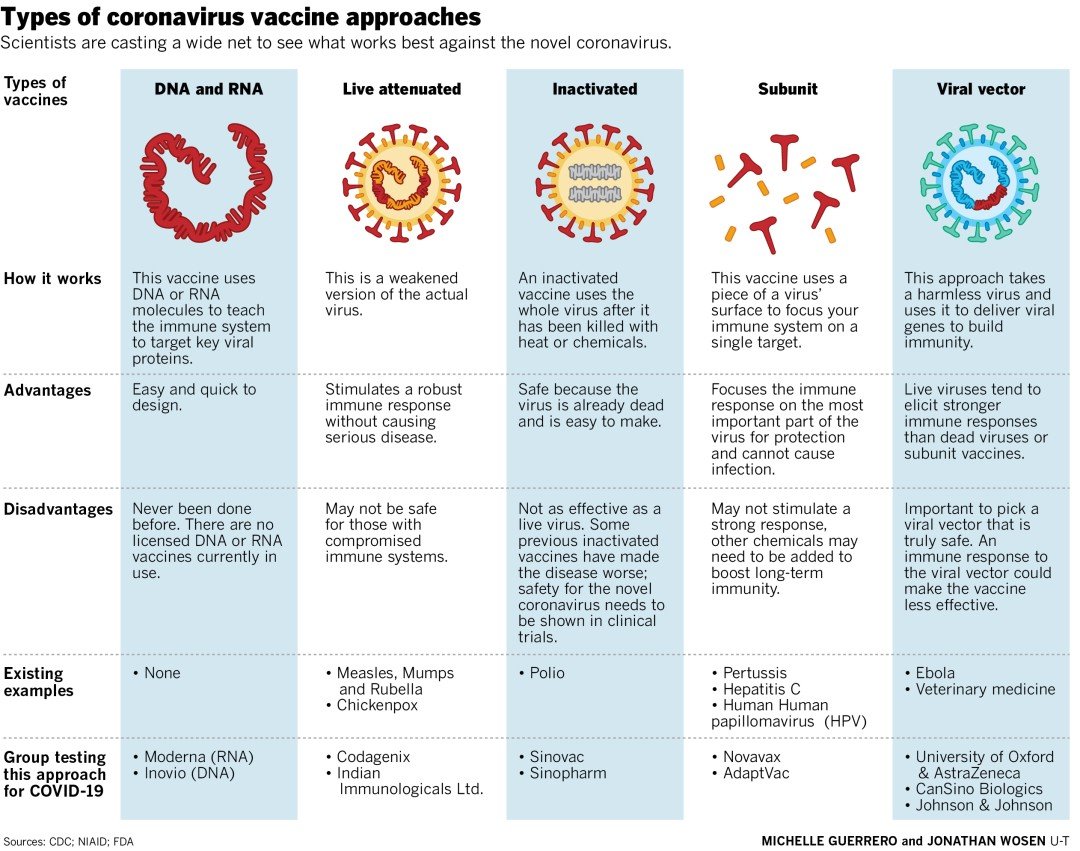
How does treatment differ for late-onset MS compared to early-onset cases?
Treatment strategies for late-onset MS may differ in several ways:
- More aggressive approach: Due to faster progression, LOMS may require more intensive treatment
- Consideration of comorbidities: Older patients may have other health conditions that influence treatment choices
- Focus on symptom management: LOMS often emphasizes managing motor and visual symptoms
- Adapted rehabilitation: Physical therapy and occupational therapy may be tailored to older adults’ needs
Healthcare providers must carefully balance the benefits of treatment with potential risks and side effects, especially in older patients.
Assessing MS Progression: Tools and Scales Used by Healthcare Professionals
Monitoring the progression of multiple sclerosis is crucial for adjusting treatment plans and managing patient expectations. Healthcare professionals use various tools and scales to assess disease progression and disability levels in MS patients.

What is the Expanded Disability Status Scale (EDSS)?
The Expanded Disability Status Scale (EDSS) is a widely used tool for assessing MS progression. Key points about the EDSS include:
- Scale range: 0 (normal neurological exam) to 10 (death from MS)
- Evaluates: Functional systems including pyramidal, cerebellar, brainstem, sensory, bowel and bladder, visual, and cerebral functions
- Used to: Track disease progression over time and compare disability levels between patients
A 2016 study published in PLOS One found that individuals with LOMS reached an EDSS score of 6.0 (indicating the need for walking assistance) faster than those with adult-onset MS, highlighting the more rapid progression often seen in late-onset cases.
Are there other assessment tools used alongside the EDSS?
While the EDSS is widely used, other assessment tools may also be employed to provide a more comprehensive evaluation of MS progression:
- Multiple Sclerosis Functional Composite (MSFC): Assesses arm/hand function, walking speed, and cognitive function
- Patient-Reported Outcome Measures (PROMs): Capture the patient’s perspective on their symptoms and quality of life
- MRI monitoring: Tracks the development of new lesions and brain atrophy over time
- Cognitive assessments: Evaluate changes in cognitive function, which may not be fully captured by the EDSS
These additional tools help healthcare providers gain a more nuanced understanding of disease progression and the impact of MS on patients’ daily lives.
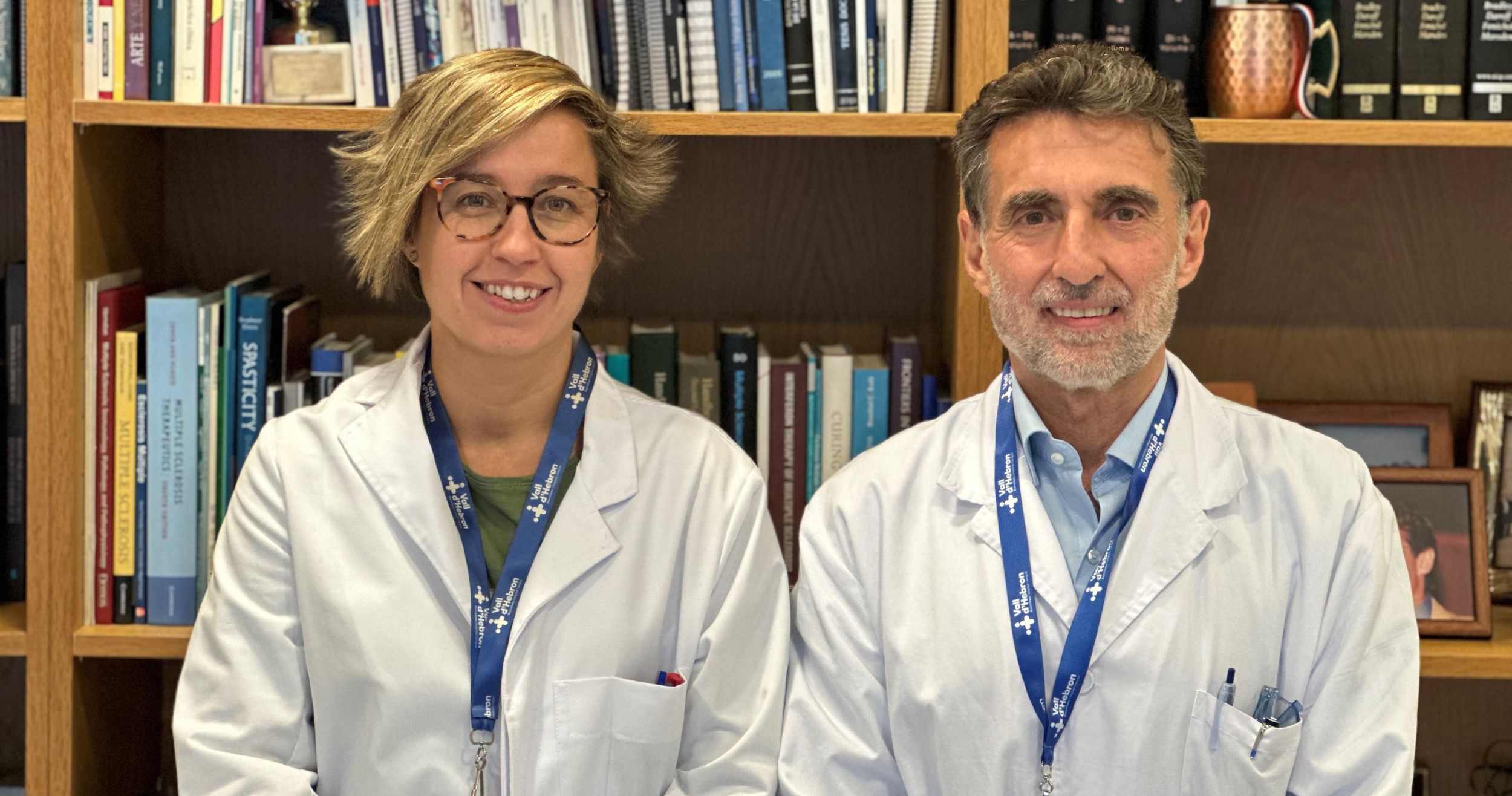
Living with Multiple Sclerosis: Coping Strategies and Support Systems
Managing life with multiple sclerosis extends beyond medical treatments. Developing effective coping strategies and accessing support systems are crucial for maintaining quality of life and emotional well-being.
What coping strategies can help individuals with MS?
Several coping strategies can be beneficial for people living with MS:
- Education: Learning about MS can help individuals feel more in control of their condition
- Stress management: Techniques such as meditation, yoga, or deep breathing exercises can help reduce stress
- Regular exercise: Adapted physical activity can improve strength, flexibility, and overall well-being
- Healthy diet: Proper nutrition can support immune function and overall health
- Energy conservation: Pacing activities and prioritizing tasks can help manage fatigue
- Adaptive technologies: Using assistive devices can help maintain independence and functionality
These strategies can be adapted to suit individual needs and preferences, taking into account the specific challenges posed by MS at different ages of onset.

What support systems are available for MS patients and their families?
A strong support network can make a significant difference in managing life with MS. Available support systems include:
- MS support groups: Provide opportunities to connect with others facing similar challenges
- Online communities: Offer a platform for sharing experiences and advice
- MS organizations: Provide resources, education, and advocacy for individuals with MS
- Mental health professionals: Can help address the emotional and psychological aspects of living with MS
- Family and friends: Play a crucial role in providing emotional support and practical assistance
- Occupational therapists: Can help adapt home and work environments to accommodate changing needs
Engaging with these support systems can help individuals with MS and their families better navigate the challenges of the condition, regardless of the age of onset.
Research and Future Directions in Multiple Sclerosis Treatment
The field of multiple sclerosis research is dynamic and rapidly evolving, with ongoing efforts to improve our understanding of the disease and develop more effective treatments.
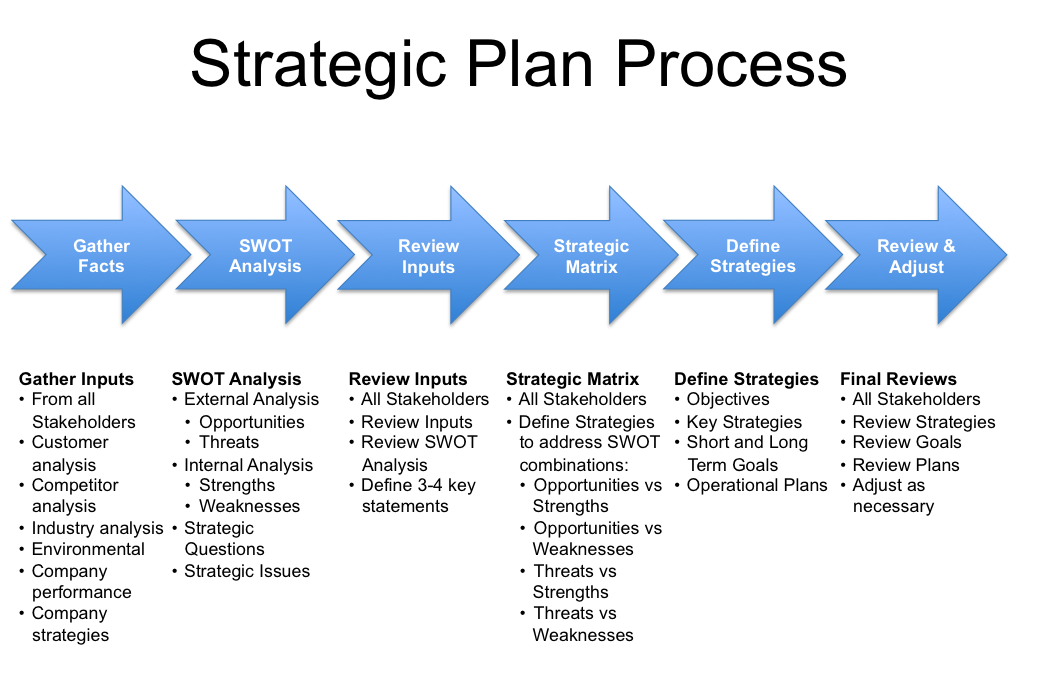
What are some promising areas of MS research?
Current research in MS is focused on several key areas:
- Neuroprotection and remyelination: Developing therapies to protect neurons and promote myelin repair
- Personalized medicine: Tailoring treatments based on individual genetic and biomarker profiles
- Stem cell therapies: Exploring the potential of stem cells to regenerate damaged nervous tissue
- Novel drug delivery methods: Improving the effectiveness and reducing side effects of MS medications
- Gut microbiome research: Investigating the role of gut bacteria in MS development and progression
- Advanced imaging techniques: Developing more sensitive methods to detect and monitor MS lesions
These research directions hold promise for improving MS treatment across all age groups, from pediatric to late-onset cases.
How might future treatments address the unique challenges of late-onset MS?
Future treatments for late-onset MS may focus on:
- Targeted therapies: Developing drugs that specifically address the rapid progression seen in LOMS
- Combination approaches: Using multiple treatment modalities to address both symptoms and disease progression
- Neuroprotective strategies: Focusing on preserving existing neurological function in older patients
- Age-specific rehabilitation: Developing specialized physical and cognitive rehabilitation programs for older adults with MS
- Managing comorbidities: Addressing the interaction between MS and other age-related health conditions
As research progresses, these advancements may lead to more effective management strategies for late-onset MS, potentially slowing disease progression and improving quality of life for older individuals diagnosed with the condition.
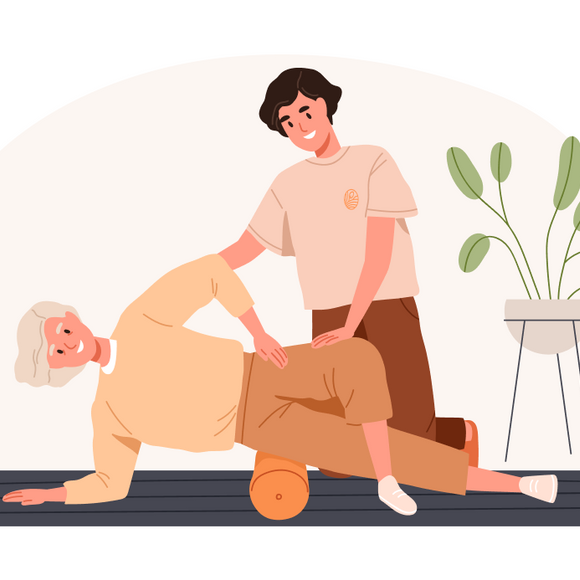
What Is the Age of Onset for Multiple Sclerosis?
- Typically people are diagnosed with multiple sclerosis (MS) between the ages of 20 and 40, but late-onset MS (LOMS) affects people age 50 and older.
- LOMS usually progresses faster than MS diagnosed at a younger age.
- There are several steps doctors take before making a diagnosis and determining the best course of treatment.
- Treatments, including rehabilitation and medications, can help manage symptoms of MS.
Typically, people are diagnosed with multiple sclerosis (MS) between the ages of 20 and 40, but late-onset MS (LOMS) begins to affect people ages 50 and older. The disease’s progression is usually faster in LOMS.
If you have MS, you’re among the more than 2.3 million people worldwide who share this diagnosis. While there isn’t a cure for the condition, treatments that slow MS’s progression and help to reduce symptoms are available.
MS is a disease of the central nervous system (CNS). With MS, the brain, optic nerves or spinal cord — all part of the CNS — become inflamed. When this happens, the nerves’ protective covering, known as myelin, suffers damage.
This damage shows up in MS symptoms ranging from difficulty concentrating to muscle spasms. There are a number of other symptoms, some more common than others.
There are four disease courses, or stages, of MS development:
- Clinically isolated syndrome (CIS). This occurs when symptoms first appear and last for at least 24 hours. Symptoms result from myelin damage in the CNS, but not everyone who gets CIS develops MS.
- Relapsing-remitting MS (RRMS). This stage is characterized by attacks, also called relapses, of new or increasing neurological symptoms. Relapses are followed by partial or complete remissions, or recovery.
- Secondary progressive MS (SPMS). This begins as RRMS but gradually worsens over time.
 Not all cases of RRMS will transition into SPMS.
Not all cases of RRMS will transition into SPMS. - Primary progressive MS (PPMS). This stage is defined by worsening neurologic functions from the time symptoms first appear. LOMS often starts at this most serious stage.
Adult-onset MS (AOMS) is usually diagnosed in adults ages 20 to 40, but MS can also develop in older adults, teens, and, in rare cases, children.
Children with pediatric MS usually have CIS or RRMS. Children with MS tend to recover more quickly than adults who are diagnosed with MS, since full remission or recovery is common in the RRMS stage.
Pediatric MS is hard to diagnose because it’s similar to acute demyelinating encephalomyelitis (ADEM). It can, however, lead to serious disability at an early age.
LOMS, which is when symptoms first appear in adults over the age of 50, accounts for 10 percent of all MS diagnoses.
A late diagnosis sometimes happens when people don’t seek medical attention for mild sensory symptoms.
There are a number of symptoms associated with MS. Symptoms are unpredictable and may change over time. In addition, not everyone who is diagnosed with MS will experience the same symptoms.
Some common symptoms include:
- weakness
- vision changes
- fatigue
- loss of balance
- bladder dysfunction
- difficulty understanding or remembering new information
Other symptoms include:
- depression
- pain or itching
- sexual issues
- emotional changes
Typical LOMS symptoms are related to motor dysfunction and visual problems.
There’s no one test used to diagnose MS. Rather, doctors will perform many tests and exams to first rule out other medical conditions.
The following are typical strategies used by healthcare professionals:
- Neurological exam. This exam evaluates things like mental status, reflexes, coordination, and sensory function.
- Detailed clinical history.
 This process identifies previous symptoms, other diagnoses, and any information relevant to your health.
This process identifies previous symptoms, other diagnoses, and any information relevant to your health. - Blood tests. These tests can help rule out other medical conditions that may share similar symptoms to MS.
- Magnetic resonance imaging (MRI). This scan may detect MS lesions in the brain and spinal cord.
- Oligoclonal band screening. This screening checks cerebrospinal fluid (CSF) for oligoclonal-bands (OCBs) — proteins that can indicate the presence of CNS inflammation.
- Evoked potential testing. This testing measures how quickly the brain responds to sight, sound, and touch stimulation.
To assess MS progression, doctors sometimes use the Expanded Disability Status Scale (EDSS). This scale ranges from 0 (normal neurological exam with no disability in any functional system) to 10 (death from MS). A 2016 study in PLOS One found that people with LOMS reached a 6.0 on the EDSS faster than those with AOMS.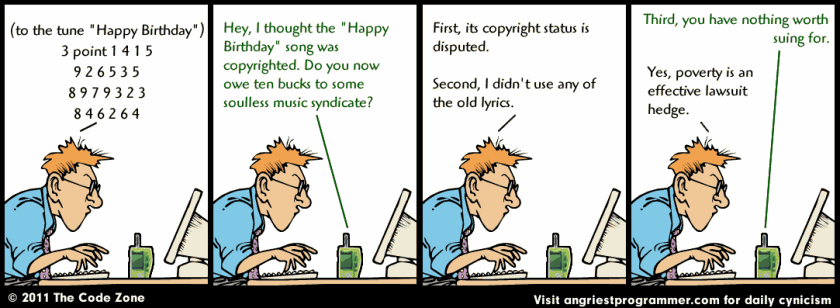
This study looked at people over age 40 in its analysis of people with LOMS.
People who are diagnosed with MS as young adults are most likely to be diagnosed with RRMS. This is the most common disease course with around 85 percent of people with MS determined to have this type.
There are treatments available to help you manage symptoms of MS.
Rehabilitation can help to improve your energy, memory, and mobility. Types of rehabilitation your doctor may recommend include:
- physical rehab to work on improving balance, strength, and range of motion
- cognitive rehab to help with communication, organization, and attention
- occupational rehab for self-management and self-care, including doing chores and enjoying hobbies
Medications, called disease modifying therapies (DMTs), may also be used to treat MS. DMTs work to reduce the amount of relapses and slow the course of the condition.
Everyday symptoms, such as fatigue or bladder and bowel issues, are typically managed with other types of medications — not DMTs. A healthy lifestyle can also address MS symptoms and improve overall quality of life.
A healthy lifestyle can also address MS symptoms and improve overall quality of life.
Your doctor will create a treatment plan based on how far your MS has progressed and how old you are at its onset.
MS is most often diagnosed between 20 and 40 years of age, but LOMS is usually diagnosed after the age of 50. Disease progression may be faster in LOMS, since it’s often diagnosed as PPMS, the most serious stage of the disease.
Your doctor’s goal is to reach an accurate diagnosis after tests including a neurological exam, clinical history, MRI, OCB screening, and evoked potential testing. After the diagnosis, you and your doctor can decide on a treatment plan that’s right for you.
What Is the Age of Onset for Multiple Sclerosis?
- Typically people are diagnosed with multiple sclerosis (MS) between the ages of 20 and 40, but late-onset MS (LOMS) affects people age 50 and older.
- LOMS usually progresses faster than MS diagnosed at a younger age.

- There are several steps doctors take before making a diagnosis and determining the best course of treatment.
- Treatments, including rehabilitation and medications, can help manage symptoms of MS.
Typically, people are diagnosed with multiple sclerosis (MS) between the ages of 20 and 40, but late-onset MS (LOMS) begins to affect people ages 50 and older. The disease’s progression is usually faster in LOMS.
If you have MS, you’re among the more than 2.3 million people worldwide who share this diagnosis. While there isn’t a cure for the condition, treatments that slow MS’s progression and help to reduce symptoms are available.
MS is a disease of the central nervous system (CNS). With MS, the brain, optic nerves or spinal cord — all part of the CNS — become inflamed. When this happens, the nerves’ protective covering, known as myelin, suffers damage.
This damage shows up in MS symptoms ranging from difficulty concentrating to muscle spasms.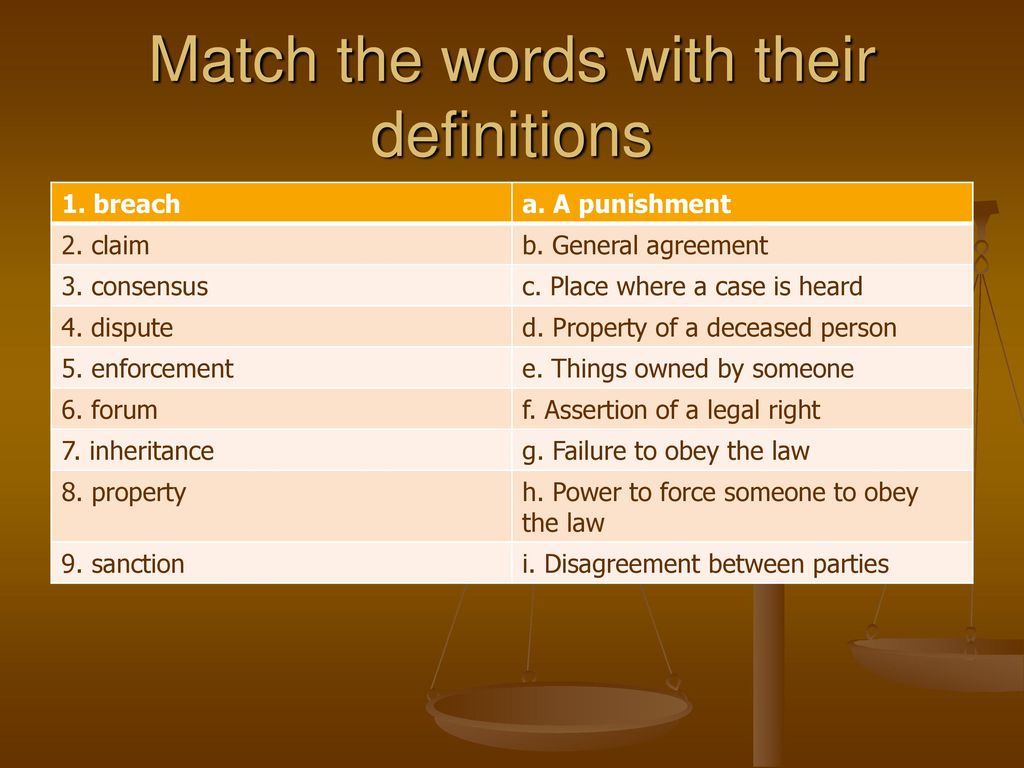 There are a number of other symptoms, some more common than others.
There are a number of other symptoms, some more common than others.
There are four disease courses, or stages, of MS development:
- Clinically isolated syndrome (CIS). This occurs when symptoms first appear and last for at least 24 hours. Symptoms result from myelin damage in the CNS, but not everyone who gets CIS develops MS.
- Relapsing-remitting MS (RRMS). This stage is characterized by attacks, also called relapses, of new or increasing neurological symptoms. Relapses are followed by partial or complete remissions, or recovery.
- Secondary progressive MS (SPMS). This begins as RRMS but gradually worsens over time. Not all cases of RRMS will transition into SPMS.
- Primary progressive MS (PPMS). This stage is defined by worsening neurologic functions from the time symptoms first appear. LOMS often starts at this most serious stage.
Adult-onset MS (AOMS) is usually diagnosed in adults ages 20 to 40, but MS can also develop in older adults, teens, and, in rare cases, children.
Children with pediatric MS usually have CIS or RRMS. Children with MS tend to recover more quickly than adults who are diagnosed with MS, since full remission or recovery is common in the RRMS stage.
Pediatric MS is hard to diagnose because it’s similar to acute demyelinating encephalomyelitis (ADEM). It can, however, lead to serious disability at an early age.
LOMS, which is when symptoms first appear in adults over the age of 50, accounts for 10 percent of all MS diagnoses.
A late diagnosis sometimes happens when people don’t seek medical attention for mild sensory symptoms.
There are a number of symptoms associated with MS. Symptoms are unpredictable and may change over time. In addition, not everyone who is diagnosed with MS will experience the same symptoms.
Some common symptoms include:
- weakness
- vision changes
- fatigue
- loss of balance
- bladder dysfunction
- difficulty understanding or remembering new information
Other symptoms include:
- depression
- pain or itching
- sexual issues
- emotional changes
Typical LOMS symptoms are related to motor dysfunction and visual problems.
There’s no one test used to diagnose MS. Rather, doctors will perform many tests and exams to first rule out other medical conditions.
The following are typical strategies used by healthcare professionals:
- Neurological exam. This exam evaluates things like mental status, reflexes, coordination, and sensory function.
- Detailed clinical history. This process identifies previous symptoms, other diagnoses, and any information relevant to your health.
- Blood tests. These tests can help rule out other medical conditions that may share similar symptoms to MS.
- Magnetic resonance imaging (MRI). This scan may detect MS lesions in the brain and spinal cord.
- Oligoclonal band screening. This screening checks cerebrospinal fluid (CSF) for oligoclonal-bands (OCBs) — proteins that can indicate the presence of CNS inflammation.
- Evoked potential testing.
 This testing measures how quickly the brain responds to sight, sound, and touch stimulation.
This testing measures how quickly the brain responds to sight, sound, and touch stimulation.
To assess MS progression, doctors sometimes use the Expanded Disability Status Scale (EDSS). This scale ranges from 0 (normal neurological exam with no disability in any functional system) to 10 (death from MS). A 2016 study in PLOS One found that people with LOMS reached a 6.0 on the EDSS faster than those with AOMS.
This study looked at people over age 40 in its analysis of people with LOMS.
People who are diagnosed with MS as young adults are most likely to be diagnosed with RRMS. This is the most common disease course with around 85 percent of people with MS determined to have this type.
There are treatments available to help you manage symptoms of MS.
Rehabilitation can help to improve your energy, memory, and mobility. Types of rehabilitation your doctor may recommend include:
- physical rehab to work on improving balance, strength, and range of motion
- cognitive rehab to help with communication, organization, and attention
- occupational rehab for self-management and self-care, including doing chores and enjoying hobbies
Medications, called disease modifying therapies (DMTs), may also be used to treat MS. DMTs work to reduce the amount of relapses and slow the course of the condition.
DMTs work to reduce the amount of relapses and slow the course of the condition.
Everyday symptoms, such as fatigue or bladder and bowel issues, are typically managed with other types of medications — not DMTs. A healthy lifestyle can also address MS symptoms and improve overall quality of life.
Your doctor will create a treatment plan based on how far your MS has progressed and how old you are at its onset.
MS is most often diagnosed between 20 and 40 years of age, but LOMS is usually diagnosed after the age of 50. Disease progression may be faster in LOMS, since it’s often diagnosed as PPMS, the most serious stage of the disease.
Your doctor’s goal is to reach an accurate diagnosis after tests including a neurological exam, clinical history, MRI, OCB screening, and evoked potential testing. After the diagnosis, you and your doctor can decide on a treatment plan that’s right for you.
2. Requirements and conditions for their implementation for conferring the sports title of Master of Sports of Russia and sports category Candidate for Master of Sports
2. Requirements and conditions for their implementation for conferring the sports title of Master of Sports of Russia and sports category Candidate for Master of Sports.
Requirements and conditions for their implementation for conferring the sports title of Master of Sports of Russia and sports category Candidate for Master of Sports.
In sports disciplines in the names
which contain the words “freestyle wrestling”
and “Greco-Roman wrestling” MC
is performed from 15 years old, CMS – from 14 years old;
in sports disciplines in the names
which contain the words “grappling”,
“grappling – gi” and “pankration” MS
is performed from 16 years old, CMS – from 14 years old.
Status of sports competitions, team place | Sports discipline | Sex, age | Requirement: take seat | |
MS | KMS | |||
1 | 2 | 3 | 4 | 5 |
World Championship, Youth Olympic Games | Freestyle wrestling – weight category | Boys, girls (under 18) | 1 – 3 | 5 – 7 |
Greco-Roman wrestling – weight category | Youth (under 18) | 1 – 3 | 5 – 7 | |
Grappling – weight category, grappling – gi – weight category, traditional pankration – weight category, classic pankration – weight category | Juniors, juniors (18 – 19 years old) | 1 – 2 | 3 | |
Boys, girls (16 – 17 years old) | 1 | 2 – 3 | ||
Boys, girls (14 – 15 years old) | 1 – 3 | |||
European Championship, European Youth Olympic Festival | Freestyle wrestling – weight category | Juniors, juniors (under 21) | 1 – 2 | 3 – 5 |
Boys, girls (under 18) | 1 | 2 – 3 | ||
Boys, girls (under 16) | 1 | |||
Greco-Roman wrestling – weight category | Juniors (under 21) | 1 – 2 | 3 – 5 | |
Youth (under 18) | 1 | 2 – 3 | ||
Youth (under 16) | 1 | |||
Grappling – weight category, grappling – gi – weight category, traditional pankration – weight category, classic pankration – weight category | Juniors, juniors (18 – 19 years old) | 1 | 2 – 3 | |
Boys, girls (16 – 17 years old) | 1 – 3 | |||
Boys, girls (14 – 15 years old) | 1 – 2 | |||
Other international sports events included in ETUC | Freestyle wrestling – weight category, | Boys, girls (under 16) | 1 | |
Greco-Roman wrestling – weight category | Youth (under 16) | 1 | ||
World Student Championship | Freestyle wrestling – weight category | Juniors, juniors (under 28) | 1 – 3 | 5 – 7 |
Greco-Roman wrestling – weight category | Juniors (under 28) | 1 – 3 | 5 – 7 | |
Championship of Russia, All-Russian Spartakiad among the subjects of the Russian Federation among the strongest athletes | Freestyle wrestling – weight category | Men, women | 1 – 5 | 7 – 10 |
Greco-Roman wrestling – weight category | Men | 1 – 5 | 7 – 10 | |
Grappling – weight category, grappling – gi – weight category, traditional pankration – weight category, classic pankration – weight category | Men | 1 – 2 | 3 | |
Women | 1 | 2 – 3 | ||
Cup of Russia | Freestyle wrestling – team competition | Men, women | 1 – 3 <*> | 4 – 6 <*> |
<*> Condition: the requirement is met if the athlete won at least 50% of the fights held and participated in at least 50% of the meetings held by the team | ||||
Greco-Roman wrestling – team competition | Men | 1 – 3 <*> | 4 – 6 <*> | |
<*> Condition: the requirement is met if the athlete won at least 50% of the fights held and participated in at least 50% of the meetings held by the team | ||||
Grappling – weight category, grappling – gi – weight category, traditional pankration – weight category, classic pankration – weight category | Men, women | 1 | 2 – 3 | |
Russian Championship, All-Russian Spartakiad between the constituent entities of the Russian Federation | Freestyle wrestling – weight category | Juniors, juniors (under 24) | 1 – 3 | 5 – 7 |
Freestyle wrestling – weight category | Juniors, juniors (under 21) | 1 – 2 | 3 – 5 | |
Freestyle wrestling – team competition | Juniors (under 21) | 1 – 2 <*> | 3 – 5 <*> | |
Freestyle wrestling – weight category | Boys, girls (under 18) | 1 – 5 | ||
Freestyle wrestling – team competition | Youth (under 18) | 1 – 3 <*> | ||
Freestyle wrestling – weight category | Boys, girls (under 16) | 1 | ||
<*> Condition: the requirement is met if the athlete won at least 50% of the fights held and participated in at least 50% of the meetings held by the team | ||||
Greco-Roman wrestling – weight category | Juniors (under 24) | 1 – 3 | 5 – 7 | |
Greco-Roman wrestling – weight category | Juniors (under 21) | 1 – 2 | 3 – 5 | |
Greco-Roman wrestling – team competition | Juniors (under 21) | 1 – 2 <*> | 3 – 5 <*> | |
Greco-Roman wrestling – weight category | Youth (under 18) | 1 – 5 | ||
Greco-Roman wrestling – team competition | Youth (under 18) | 1 – 3 <*> | ||
Greco-Roman wrestling – weight category | Youth (under 16) | 1 | ||
<*> Condition: the requirement is met if the athlete won at least 50% of the fights held and participated in at least 50% of the meetings held by the team | ||||
Grappling – weight category, grappling – gi – weight category, traditional pankration – weight category, classic pankration – weight category | Juniors, juniors (18 – 19 years old) | 1 – 3 | ||
Boys, girls (16 – 17 years old) | 1 – 2 | |||
Boys, girls (14 – 15 years old) | 1 | |||
(as amended by the Order of the Ministry of Sports of Russia dated February 10, 2021 N 71) (see the text in the previous edition) | ||||
Other all-Russian sports competitions included in the ETUC | Freestyle wrestling – weight category | Men, women | 1 | 2 – 5 |
Juniors, juniors (under 24) | 1 | 2 – 5 | ||
Juniors, juniors (under 21) | 1 | 2 – 5 | ||
Boys, girls (under 18) | 1 – 3 | |||
Boys, girls (under 16) | 1 | |||
Greco-Roman wrestling – weight category | Men | 1 | 2 – 5 | |
Juniors (under 24) | 1 | 2 – 5 | ||
Juniors (under 21) | 1 | 2 – 5 | ||
Youth (under 18) | 1 – 3 | |||
Youth (under 16) | 1 | |||
Grappling – weight category, grappling – gi – weight category, traditional pankration – weight category, classic pankration – weight category | Men, women | 1 <*> | 1 – 3 | |
<*> Condition: the requirement is met if the athlete takes 1st place in two sports competitions in the corresponding sports discipline within two years | ||||
Grappling – weight category, grappling – gi – weight category, traditional pankration – weight category, classic pankration – weight category | Juniors, juniors (18 – 19 years old) | 1 – 3 | ||
Boys, girls (16 – 17 years old) | 1 – 2 | |||
Boys, girls (14 – 15 years old) | 1 | |||
(as amended by the Order of the Ministry of Sports of Russia dated February 10, 2021 N 71) (see the text in the previous edition) | ||||
All-Russian competition among students | Freestyle wrestling – weight category | Juniors, juniors (under 28) | 1 | 2 – 5 |
Greco-Roman wrestling – weight category | Juniors (under 28) | 1 | 2 – 5 | |
Grappling – weight category, grappling – gi – weight category | Juniors (under 28) | 1 – 3 | ||
Championship of the federal district, championships of Moscow, St. | ||||
1st – 2nd place | Freestyle wrestling – weight category, Greco-Roman wrestling – weight category | Men | 1 – 3 <*> | 5 – 8 <*> |
3rd – 6th place | 1 – 2 <*> | 3 – 5 <*> | ||
7th – 10th place | 1 <*> | 2 – 3 <*> | ||
1st – 2nd place | Freestyle wrestling – weight category | Women | 1 – 8 <*> | |
3rd – 6th place | 1 – 5 <*> | |||
7th – 10th place | 1 – 3 <*> | |||
<*> Condition: the requirement is met subject to the participation of at least 50% of the constituent entities of the Russian Federation of the corresponding federal district | ||||
1st – 2nd place | Grappling – weight category, grappling – gi – weight category, traditional pankration – weight category, classic pankration – weight category | Men, women | 1 – 3 <*> | |
3rd – 6th place | 1 – 2 <*> | |||
7th – 10th place | 1 <*> | |||
<*> Condition: the requirement is met subject to the participation of at least 50% of the constituent entities of the Russian Federation of the corresponding federal district | ||||
Championship of the federal district, championship of Moscow, St. | ||||
1st – 2nd place | Freestyle wrestling – weight category, Greco-Roman wrestling – weight category (included in the program of the Olympic Games) | Juniors (under 24) | 1 – 2 | 3 – 5 |
3rd – 10th place | 1 | 2 – 5 | ||
1st – 2nd place | Freestyle wrestling – weight category, Greco-Roman wrestling – weight category (included in the program of the Olympic Games) | Juniors (under 21) | 1 – 2 | 3 – 5 |
3rd – 10th place | 1 | 2 – 5 | ||
1st – 2nd place | Freestyle wrestling – weight category | Juniors (under 21) | 1 – 5 | |
3rd – 10th place | 1 – 3 | |||
1st – 2nd place | Freestyle wrestling – weight category, Greco-Roman wrestling – weight category | Boys, girls (under 18) | 1 – 3 | |
3rd – 6th place | 1 – 2 | |||
7th – 10th place | 1 | |||
1st – 2nd place | Grappling – weight category, grappling – gi – weight category, traditional pankration – weight category, pankration – classic – weight category | Juniors, juniors (18 – 19 years old) | 1 – 2 | |
3rd – 10th place | 1 | |||
1st – 2nd place | Grappling – weight category, grappling – gi – weight category, traditional pankration – weight category, classic pankration – weight category | Boys, girls (16 – 17 years old) | 1 | |
1st – 2nd place | Freestyle wrestling – weight category | Juniors (under 24) | 1-5 | |
3rd – 10th place | 1-3 | |||
(introduced by Order of the Ministry of Sports of Russia dated February 10, 2021 N 71) | ||||
Championship of the subject of the Russian Federation (except for Moscow and St. | ||||
1st – 3rd place | Freestyle wrestling – weight category, Greco-Roman wrestling – weight category | Men, women | 1 – 5 <*> | |
4th – 10th place | 1 – 3 <*> | |||
11th – 15th place | 1 – 2 <*> | |||
16th – 20th place | 1 <*> | |||
<*> Condition: the requirement is met, subject to participation in the weight category of at least 2 MCs | ||||
1st – 10th place | Grappling – weight category, grappling – gi – weight category, traditional pankration – weight category, classic pankration – weight category | Men, women | 1 <*> | |
<*> Condition: CCM is assigned with participation in the weight category of at least 2 MS, in the absence of 2 MS, I sports category is assigned | ||||
Championship of the subject of the Russian Federation (except for Moscow and St. | ||||
1st – 10th place | Freestyle wrestling – weight category, Greco-Roman wrestling – weight category | Juniors, juniors (under 24) | 1 – 3 | |
11th – 15th place | 1 – 2 | |||
1 – 10th place | Freestyle wrestling – weight category, Greco-Roman wrestling – weight category | Juniors, juniors (under 21) | 1 – 2 | |
11th – 15th place | 1 | |||
1st – 10th place | Freestyle wrestling – weight category, Greco-Roman wrestling – weight category | Boys, girls (under 18) | 1 | |
1st – 7th place | Grappling – weight category, grappling – gi, weight category, traditional pankration – weight category, classic pankration – weight category | Juniors, juniors (18 – 19 years old) | 1 | |
1st – 3rd place | Grappling – weight category, grappling – gi – weight category, traditional pankration – weight category, classic pankration – weight category | Boys, girls (16 – 17 years old) | 1 | |
Other terms | In order to compete in sport competitions, the athlete must reach the age limit in the calendar year of the sport competition | |||
——————————–
<2> Including sports disciplines whose names contain the indicated words.
Grade standards and requirements – Sports School. L.A. Tikhomirova
Norms, requirements and conditions for their implementation in the sport “rhythmic gymnastics”
Norms and conditions for their implementation for conferring the sports title of master of sports of Russia, sports categories
from 01.01.2018
MS is performed from 16 years old, CMS – from 13 years old, I sports category – from 11 years old,
II sports category – from 10 years old, III sports category – from 9 years old,
I youth sports category – from 8 years old , II youth sports category – from 7 years old, III youth sports category – from 6 years old.
| district | all-around | standard | Group exercise | regulation |
| MS | Points for 4 exercises with apparatus | 66.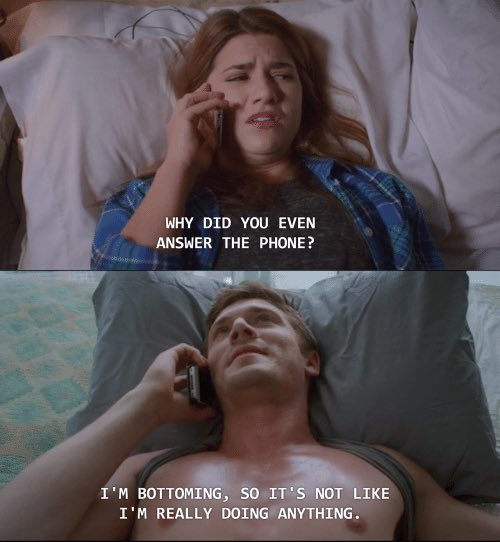 0 0 | Points for 2 exercises with apparatus | 32.0 |
| KMS | Points for 4 exercises with apparatus | 58.0 | Points for 2 exercises with apparatus | 28.0 |
| I | Points for 4 exercises: 1 exercise without object and 3 exercises with object of your choice | 50.0 | Points for 2 exercises with apparatus | 25.0 |
| II | Points for 4 exercises: 1 exercise without apparatus and 3 exercises with apparatus of your choice | 46.0 | Points for 2 exercises: 1 exercise without apparatus and 1 exercise with apparatus | 22.0 |
| III | Points for 3 exercises: 1 exercise without object and 2 exercises with object of your choice | 33. 0 0 | Points for 2 exercises: 1 exercise without object and 1 exercise with object of your choice | 20.0 |
| I jn | Points for 2 exercises: 1 exercise without object and 1 exercise with object of your choice | 19.5 | Points for 1 exercise without apparatus | 9.0 |
| II Jun | Points for 1 exercise without subject | 8.5 | Points for 1 exercise without apparatus | 8.5 |
| III Jun | Points for 1 exercise without apparatus | 8.0 | Points for 1 exercise without apparatus | 8.0 |
Other conditions
1. MC is assigned:
MC is assigned:
1.1. For the fulfillment of the norm in the sports discipline “all-around” – with the obligatory participation of at least 20 athletes with MS and (or) MSMK.
1.2. For the fulfillment of the norm in the sports discipline “group exercise” – all-around with the obligatory participation of at least 10 groups and at least 20 MS and (or) MSMK athletes.
2. Norm of sports title of MC must be fulfilled :
2.1. Once at the Russian Championship or Russian Cup.
2.2. Twice during the current year: the first time – at other All-Russian sports competitions included in the ETUC, among women (at the same time occupy places not lower than 10) and the second time – at the championship of the federal district, two or more federal districts, championships of Moscow, Petersburg (at the same time take a place not lower than 15). The MS norm must be performed twice: in the all-around or twice in the all-around group exercise, or once in the all-around and once in the all-around group exercise.
3. CCM is assigned:
3.1. For the fulfillment of the norm in the sports discipline “all-around” – with the participation of at least 20 athletes with CMS.
3.2. For the fulfillment of the norm in the sports discipline “group exercise” – all-around with the participation of at least 10 groups and at least 20 CCM athletes.
4. The CMS norm must be met :
4.1. Once at the championship of Russia.
4.2. Twice during the current year: the first time – at other All-Russian sports competitions included in the ETUC among juniors and the second time – at the championship of the subject of the Russian Federation. The CCM norm must be performed twice: in the all-around or twice in the all-around group exercise, or once in the all-around and once in the all-around group exercise.
5. The norm of 1 sports category must be fulfilled:
5.1. Once at the championship of Russia.
5.2. Twice during the current year at sports competitions not lower than the status of a municipality.

 Not all cases of RRMS will transition into SPMS.
Not all cases of RRMS will transition into SPMS.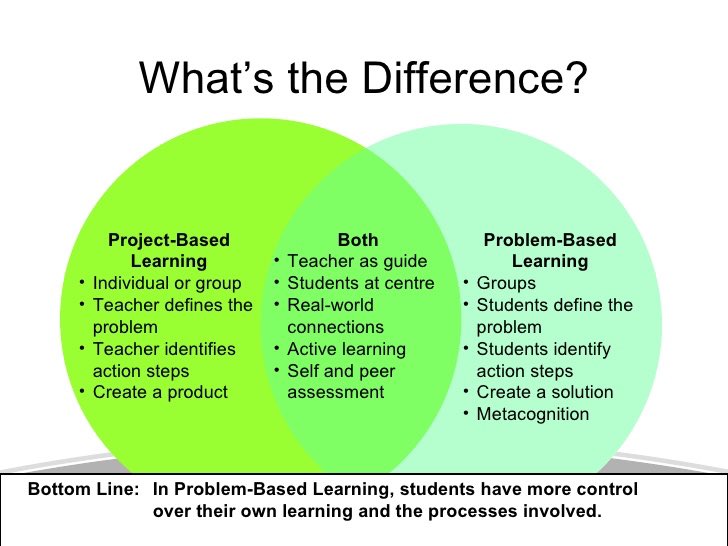 This process identifies previous symptoms, other diagnoses, and any information relevant to your health.
This process identifies previous symptoms, other diagnoses, and any information relevant to your health.
 This testing measures how quickly the brain responds to sight, sound, and touch stimulation.
This testing measures how quickly the brain responds to sight, sound, and touch stimulation. Petersburg, which won the team overall at the Russian Championship the previous year:
Petersburg, which won the team overall at the Russian Championship the previous year: Petersburg, which won the team championship in the previous year in Russia:
Petersburg, which won the team championship in the previous year in Russia: Petersburg), which won the team overall at the Russian Championship the previous year:
Petersburg), which won the team overall at the Russian Championship the previous year: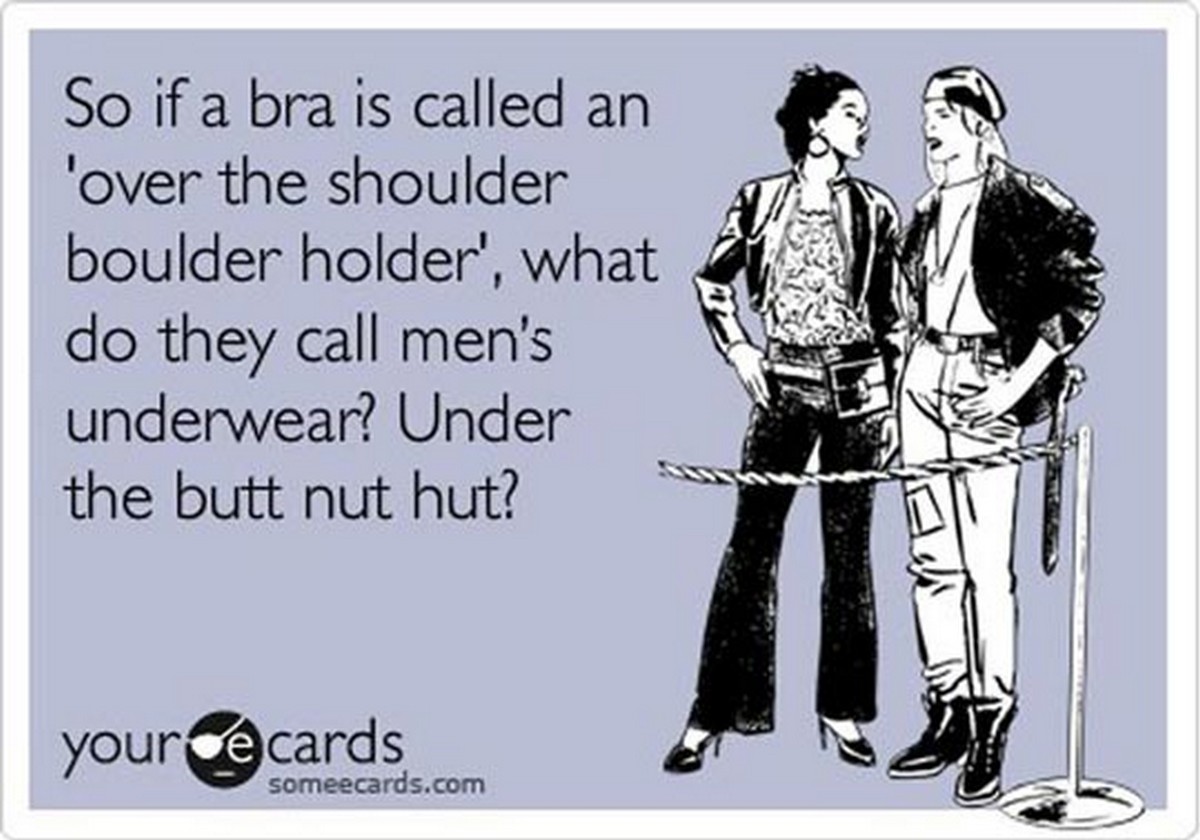 Petersburg), which won the team overall at the Russian Championship the previous year:
Petersburg), which won the team overall at the Russian Championship the previous year: